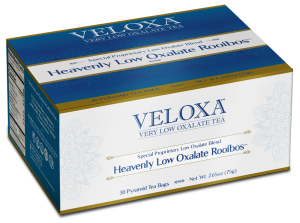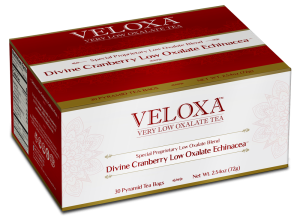High, Medium & Low Oxalate Content of Foods
Below is a oxalate list of high oxalate foods, medium oxalate foods and low oxalate foods so you can plan your low oxalate diet
High Oxalate List of Foods and Drinks (Over 10mg Per Serving)
It is recommended you avoid foods that have High Oxalate levels all together
Oxalate is a compound found in various foods that is generally considered safe for consumption.
However, for individuals who are prone to calcium oxalate stones, consuming an oxalate-rich diet can increase their chance of developing stones. Here is the list of foods that are high in oxalates. Go through the high-oxalate food list and try to avoid the consumption of these foods.
|
Moderate Oxalate List of Foods and Drinks (2mg to 10mg Per Serving)
It is recommended that you limit these Moderate-Oxalate Foods to no more than two or three servings per day
Many of these food items listed below can still be included in a balanced diet, so keep in mind that you don’t have to avoid all oxalate-rich foods. However, be attentive when consuming these items to avoid accidentally consuming too much oxalate. The idea is to reduce oxalate rather than eliminating it. Go through our moderate oxalate food list:
|
Low Oxalate List of Foods and Drinks (less than 2mg per serving)
Enjoy in these Foods that have Low Oxalate Levels while staying in the daily range of oxalate intake prescribed by your physician
There are still many healthy foods that have low oxalate levels. People who wish to reduce the risk of calcium oxalate stones should maintain a low-oxalate diet. The below low oxalate food list contains foods that have lower levels of oxalate.
|
If you are prone to calcium oxalate stones forming in your kidneys, be sure you consume enough calcium in your diet. This helps to reduce the amount of oxalate the body absorbs from the food.



